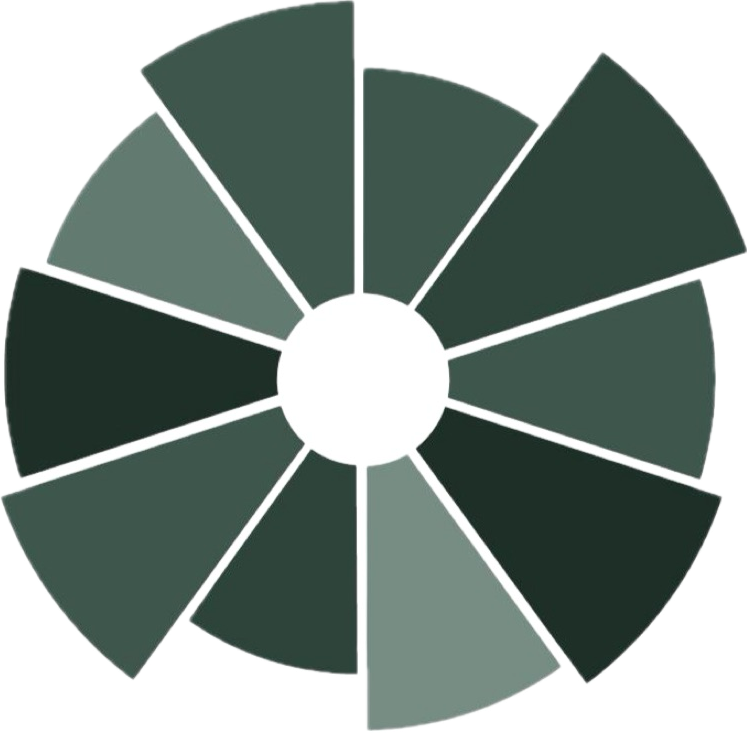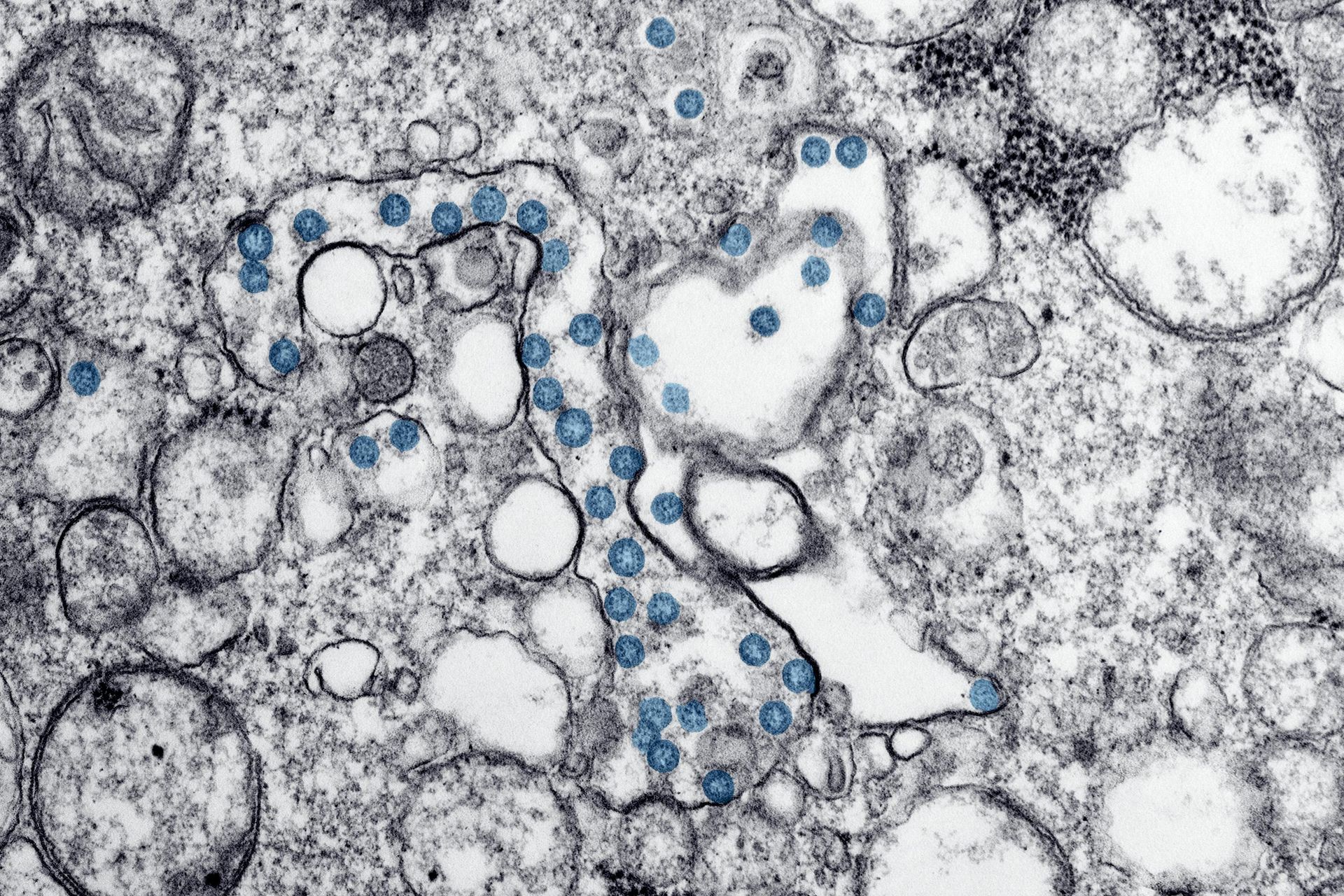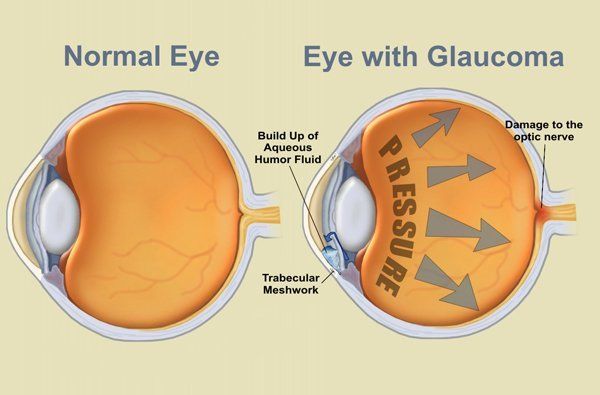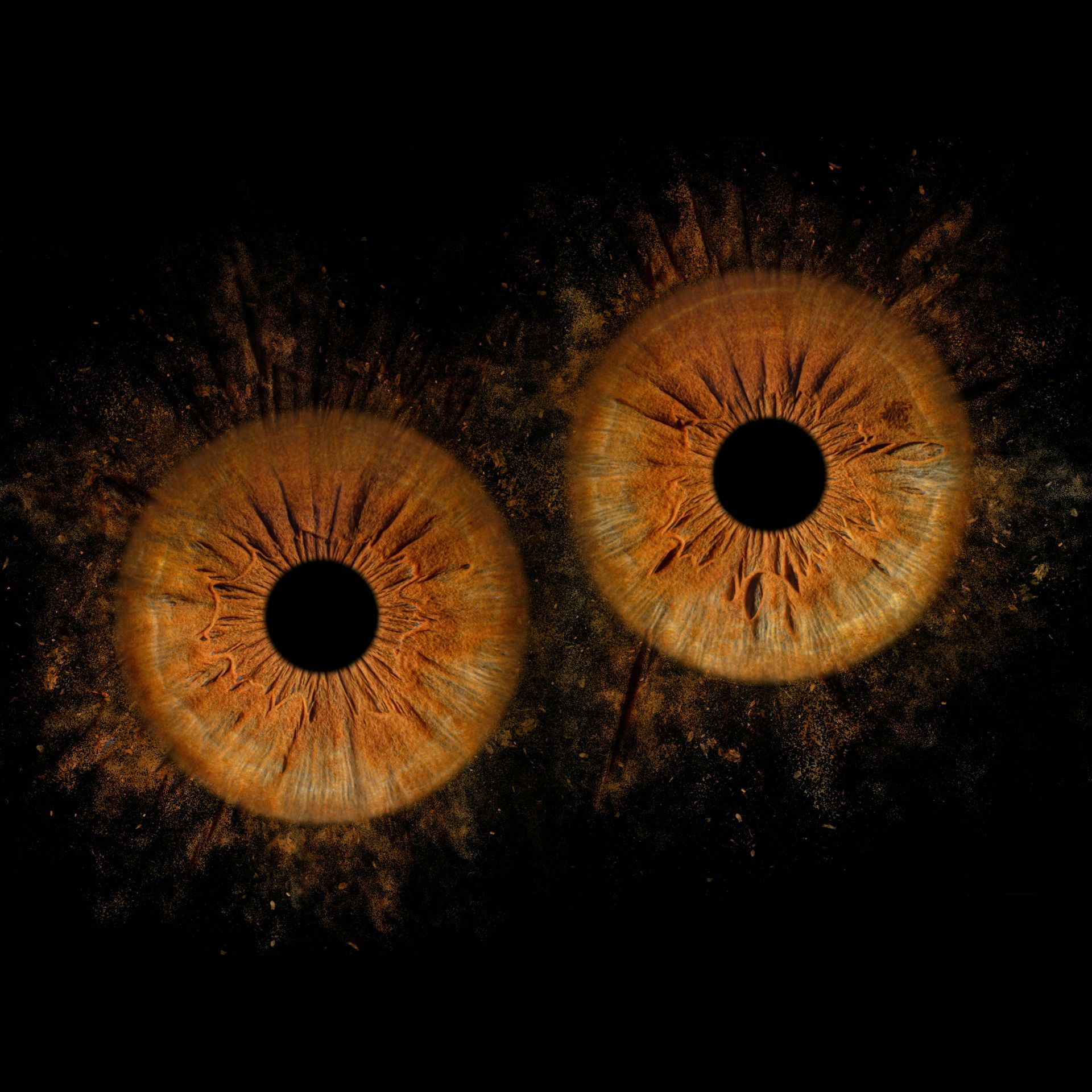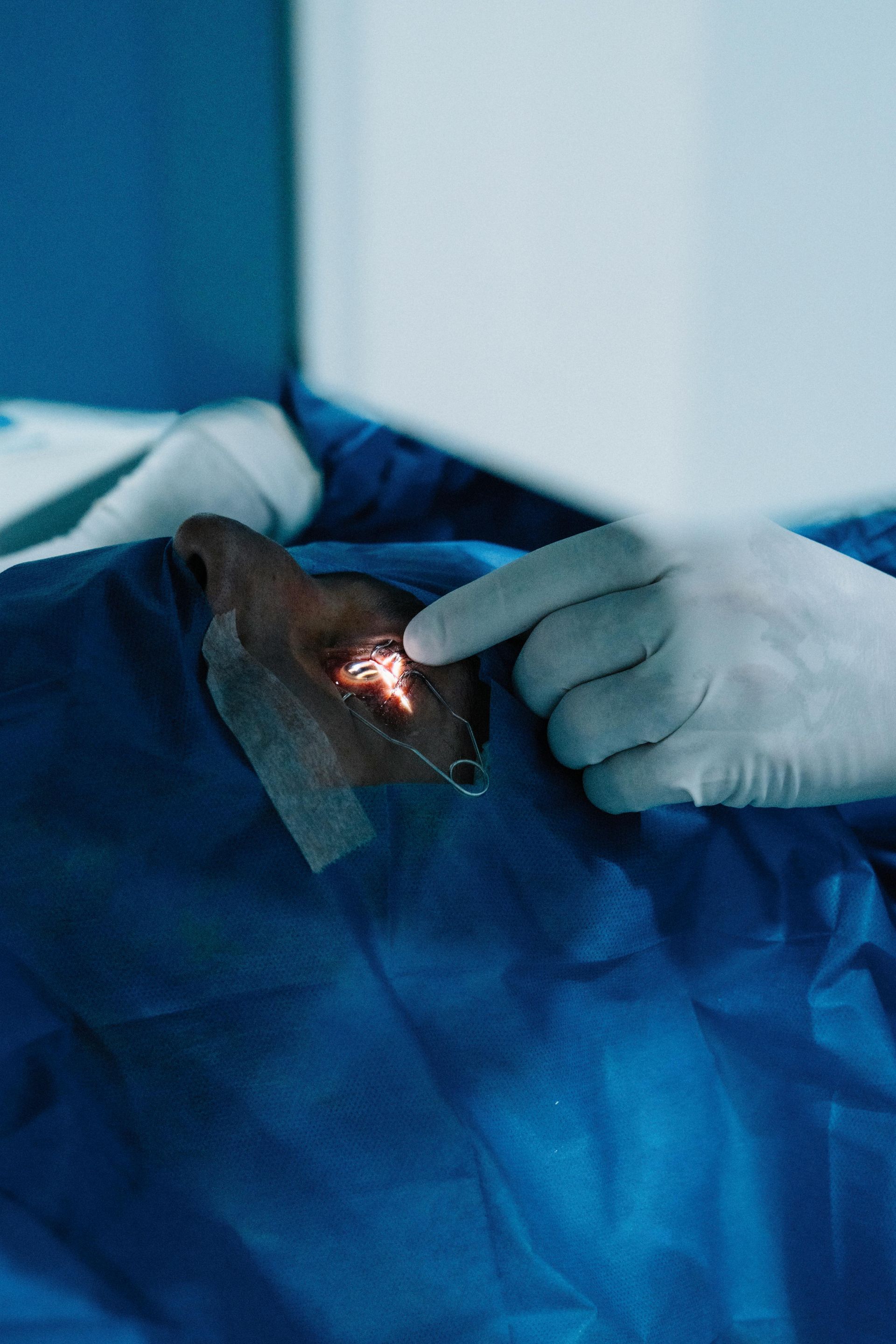Low Vision Month: Treatment of Macular Degeneration

Blog vol 4.34. Low Vision Month: Treatment of Macular Degeneration
There is much cause for celebration here. In the early 90’s, we were looking at a whole bunch of elderly people having “senile” macular degeneration in the next 20-30 years. I went to Waterloo for a Low Vision Residency to prepare for the deluge. Thankfully the deluge did not happen. A combination of many factors resulted in a milder “version” of what we now call age-related macular degeneration (ARMD). People reduced their smoking, improved their diets, started exercising, started taking antioxidants like lutein, and received cutting-edge diagnosis and treatment.
Now in 2024, we have anti-VGEf treatments that reduce bleeding around the macula. We now also have very precise and complete imaging with optical coherence tomography (OCT) and swept-source tomography to simulate angiography (OCTA) to help detect, track, and treat the disease. In 2009 we got our first OCT machine and have never looked back. In 2016 we started doing OCTs on everyone over 20, a great screening tool for all sorts of conditions. Then in 2019, we donated the original OCT to a clinic in Ghana and moved up to OCTA imaging.
The OCTA is our best tool. We also screen for family history, and other cardiovascular conditions, and encourage people to stop smoking (or Vaping). The numbers have really come down, and the severity of the vision loss has been greatly reduced, with most people continuing to have somewhat “normal” lives even with visual impairment.
With the advancements in Anti-VGEf injections and the introduction of Vabysmo (pronounced Vah-BYES-moh) into Canada, it is possible to extend the space between treatments up to six months instead of every two months. And now with the latest development in the U.S. of injections of Syfovre and Izervay for Geographic Atrophy which, up to this point, was untreatable and devastating, there is hope also on this front. And a ways down the road, there is promise in the Waterloo research into Wnt genes which work with stem cells for wet ARMD.
On the more functional side, the ability to drive with bioptics in Ontario, the development of electronic magnifiers, and Artificial intelligence apps all are new helps for the visually impaired.
Please get your eyes checked, especially if you are in your 30’s and 40’s, to catch problems early. As always, prevention, prevention. Many conditions can be treated. Early detection = better vision for life.
Til next week,
The good doctor
